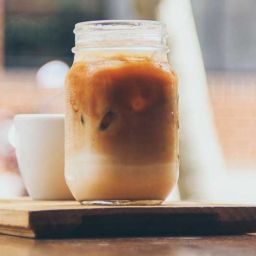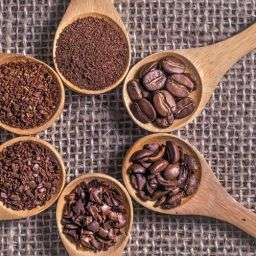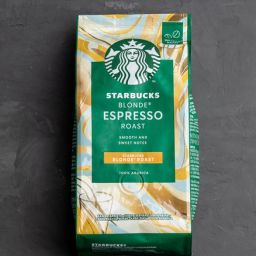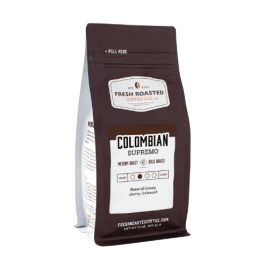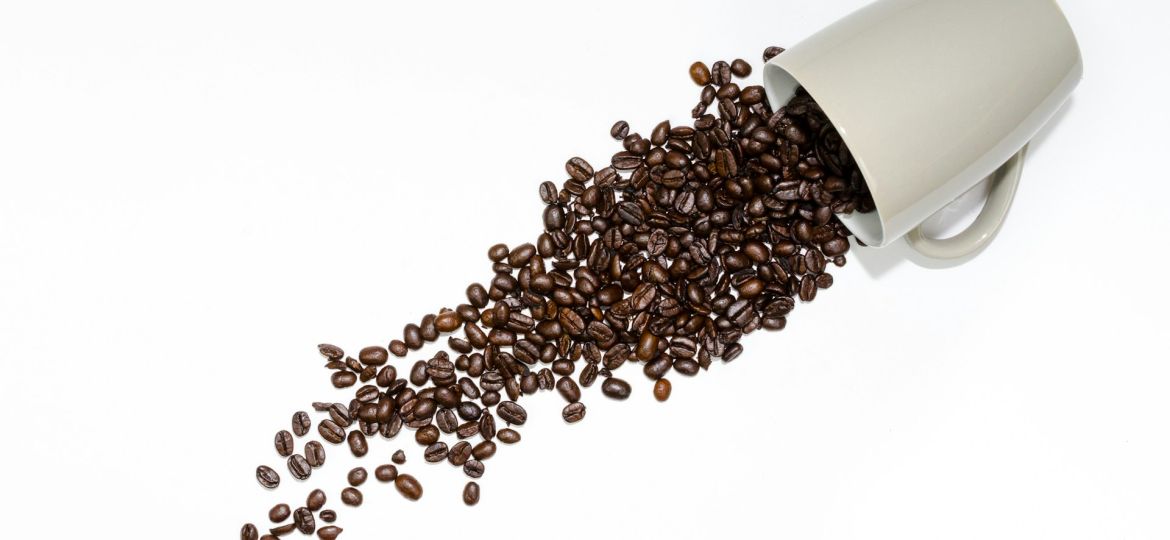
Understanding the importance of coffee-to-water ratio
Achieving the perfect cup of coffee is not just about the quality of the beans or the brewing method; it also involves understanding the importance of the coffee-to-water ratio.
The ratio refers to the amount of coffee grounds used relative to the amount of water. Finding the right balance between these two elements is essential for unlocking optimal flavor and strength in your brew.
The coffee-to-water ratio plays a crucial role in determining the overall taste and characteristics of your coffee.
Using too much coffee per cup may result in an overpowering and bitter brew, while using too little can lead to a weak and flavorless cup. It is important to strike a balance that suits your personal preference and desired strength.
By understanding the importance of the coffee-to-water ratio, you can take control of the brewing process and create a cup of coffee that truly satisfies your taste buds.
Buy Coffee Ground on Amazon now!
Factors to consider when determining coffee grounds per cup
One important factor to consider when determining the amount of coffee grounds per cup is your personal preference for strength and flavor.
While some people may prefer a stronger and more robust cup of coffee, others may prefer a milder and more subtle taste. Therefore, it is important to experiment and adjust the amount of coffee grounds accordingly to achieve the desired strength and flavor.
Another factor to consider is the brewing method you are using. Different brewing methods require different amounts of coffee grounds to achieve optimal results.
For example, a French press typically requires a coarser grind and a higher coffee-to-water ratio, while a pour over method may require a finer grind and a lower coffee-to-water ratio.
Understanding the specific requirements of your chosen brewing method will help you determine the appropriate amount of coffee grounds per cup.
Buy Coffee Ground on Amazon now!
Experimenting with different coffee-to-water ratios
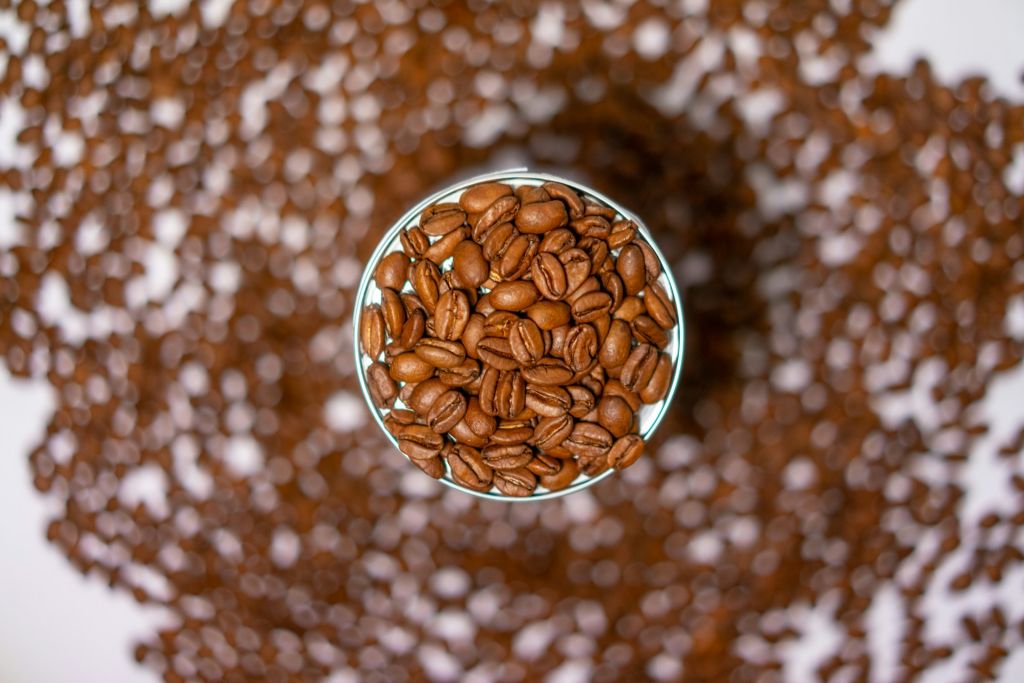
When it comes to brewing coffee, the coffee-to-water ratio plays a crucial role in determining the strength and flavor of the final cup.
Experimenting with different ratios allows coffee enthusiasts to personalize their brewing process based on their taste preferences. By altering the amount of coffee grounds in relation to the water used, one can achieve a milder or bolder brew.
To begin experimenting with different coffee-to-water ratios, start by understanding the standard ratio recommended by experts: one tablespoon of coffee grounds per six ounces of water. However, this ratio can be adjusted to suit individual preferences.
For a stronger cup, increase the amount of coffee grounds, while for a milder cup, decrease the amount. Keep in mind that changing the ratio will also impact the brewing time, so adjust accordingly and keep track of the results. With a little trial and error, you can find the perfect coffee-to-water ratio that gives you the desired taste and strength.
Buy Coffee Ground on Amazon now!
Tips for achieving the perfect strength and flavor
When it comes to achieving the perfect strength and flavor in your coffee, there are a few tips to keep in mind. First, pay attention to the brewing time.
While some people prefer a shorter brewing time for a milder taste, others opt for a longer time to enhance the boldness. Experiment with different brewing times to find the balance that suits your preference.
Another consideration is the water temperature. The ideal range for brewing coffee is between 195°F and 205°F (90°C and 96°C). If the water is too hot, it can result in a bitter taste, whereas water that is too cool may produce a weak and under-extracted cup.
Invest in a reliable thermometer to ensure you are hitting the optimal temperature consistently. By controlling the brewing time and water temperature, you can fine-tune the strength and flavor of your coffee to your liking.
The role of grind size in determining the amount of coffee grounds
A crucial factor in determining the amount of coffee grounds needed for brewing is the grind size. Grind size refers to the consistency of the coffee particles, which can range from fine to coarse. When it comes to grind size, the general rule is that the finer the grind, the more coffee grounds are required.
This is because finer grinds have a larger surface area, allowing for more extraction and a stronger flavor. Conversely, coarser grinds require fewer grounds as they have a smaller surface area and therefore need less contact time with water to achieve optimal extraction.
It is important to note that different brewing methods may call for specific grind sizes, so it is essential to find the right balance between grind size and the amount of coffee grounds used to achieve the desired flavor strength.
Finding the ideal grind size and amount of coffee grounds can be a matter of personal preference and experimentation. It’s best to start with a recommended coffee-to-water ratio and grind size for your chosen brewing method and adjust from there based on taste.
For instance, if your brew is too weak, you might want to try using a finer grind or increasing the amount of coffee grounds. On the other hand, if the brew is too strong or bitter, using a coarser grind or reducing the amount of coffee grounds may yield better results.
Remember that the grind size and the amount of coffee grounds should work in harmony to extract the desired flavors from the beans, so it may take some trial and error to find the perfect combination.
Buy Coffee Ground on Amazon now!
Adjusting the amount of coffee grounds based on brewing method
When it comes to brewing coffee, adjusting the amount of coffee grounds based on the chosen brewing method is essential for achieving the desired strength and flavor. Each brewing method requires a specific coffee-to-water ratio, which may vary depending on personal preference.
For example, a French press typically requires a coarser grind and a higher coffee-to-water ratio compared to a pour over or drip coffee maker. Experimenting with different ratios will allow you to customize your brew to suit your taste preferences.
For those using a French press, a common guideline is to use a coffee-to-water ratio of 1:15 or 1:17. This means using 1 part coffee grounds to 15 or 17 parts water.
Adjusting the amount of coffee grounds can be done by increasing or decreasing the ratio to make the brew stronger or milder, respectively.
It’s important to note that a longer brewing time with a French press can extract more flavors from the coffee, so adjusting the grounds to water ratio may also depend on the brewing time.
In pour over brewing, the coffee-to-water ratio is usually around 1:16 or 1:17. This means using 1 part coffee grounds to 16 or 17 parts water. However, some people prefer a stronger brew and may opt for a ratio of 1:15.
Similarly, drip coffee makers generally require a ratio of 1:20 or 1:25, as they typically have faster brewing times. Again, adjusting the amount of coffee grounds within these ranges will allow you to personalize the strength of your brew.
Ultimately, the key to adjusting the amount of coffee grounds based on brewing method is experimentation. Start with the suggested ratios and then fine-tune to your own taste preferences.
Keep in mind that factors such as grind size and brewing time can also impact the final result, so don’t be afraid to explore and find the perfect balance for your ideal cup of coffee.
Buy Coffee Ground on Amazon now!
Factors to consider when brewing with a French press
When brewing coffee with a French press, it is essential to consider a few factors to achieve the perfect cup. First and foremost, the grind size of the coffee beans plays a crucial role.
For French press brewing, a coarse grind is recommended. The coarse grind allows water to flow through the grounds slowly, resulting in a fuller-bodied and flavorful cup of coffee.
Additionally, the coffee-to-water ratio is another important factor to keep in mind. The general rule of thumb for French press brewing is a ratio of 1:15, which means one part coffee to fifteen parts water.
However, you can adjust this ratio based on your personal preference. If you prefer a stronger cup, you can increase the amount of coffee grounds, while reducing it will result in a milder brew. Experimenting with different ratios will help you find the perfect balance that suits your taste.
Determining the optimal coffee grounds per cup for pour over brewing
To achieve a well-balanced and flavorful cup of coffee using the pour over brewing method, determining the optimal amount of coffee grounds per cup is crucial. The coffee-to-water ratio plays a significant role in achieving the desired strength and flavor. Finding the right balance is a matter of experimentation and personal preference.
When it comes to pour over brewing, a general rule of thumb is using a ratio of 1:16, which means one part coffee grounds to sixteen parts water. However, this ratio can be adjusted according to individual taste preferences. If a stronger cup is desired, increasing the amount of coffee grounds can enhance the flavor.
On the other hand, using fewer coffee grounds will result in a lighter and milder brew. It is recommended to start with the 1:16 ratio as a baseline and then make adjustments based on personal preference. By experimenting with different ratios, coffee enthusiasts can discover their ideal coffee-to-water ratio for pour over brewing.
Buy Coffee Ground on Amazon now!
Finding the right amount of coffee grounds for drip coffee makers
One of the key factors in achieving the perfect cup of coffee with a drip coffee maker is determining the right amount of coffee grounds to use.
Too few grounds may result in a weak and tasteless brew, while too many grounds can lead to over-extraction and a bitter taste. To find the right balance, start by considering the strength and flavor you prefer.
When determining the amount of coffee grounds for a drip coffee maker, a general rule of thumb is to use one to two tablespoons of coffee grounds for every six ounces of water.
However, this can vary depending on personal preference and the specific coffee beans being used. It is important to experiment with different ratios to find what works best for you. Keep in mind that factors such as grind size and brewing time also play a role in the overall taste and strength of the coffee.
Exploring alternative methods and their recommended coffee grounds per cup.
French press, AeroPress, and cold brew are some of the alternative methods to brew coffee, each with its own unique characteristics and recommended coffee grounds per cup.
For a French press, a coarse grind is typically used, resulting in a stronger and fuller-bodied cup of coffee. The recommended coffee grounds per cup for this method is about 1 to 2 tablespoons per 8 ounces of water.
However, it’s worth noting that you can experiment with this ratio to find your desired strength and flavor.
Moving on to the AeroPress, this nifty device allows for a quicker extraction and a brighter cup of coffee.
The recommended coffee grounds per cup is often around 1 to 2 tablespoons per 8 ounces of water as well. However, since the AeroPress utilizes a shorter brew time, you might want to adjust the amount of coffee slightly to achieve your preferred taste.
Lastly, cold brew is a method where coffee grounds are steeped in cold water for an extended period of time, resulting in a smooth, low-acidity coffee concentrate. The recommended coffee grounds per cup for cold brew is usually higher, around 4 to 6 tablespoons per 8 ounces of water.
Since cold brew requires a longer steeping time, using more coffee grounds helps to extract enough flavor. Remember, though, that you can always customize the amount of coffee grounds to suit your personal preferences.
Buy Coffee Ground on Amazon now!
What is the recommended coffee-to-water ratio?
The recommended coffee-to-water ratio is typically 1:15 or 1:16.
What factors should I consider when determining coffee grounds per cup?
Factors to consider include personal preference, strength desired, and brewing method.
Read more about Product Review: Mr. Coffee 10 Cup Thermal Programmable Coffeemaker.
Why is the coffee-to-water ratio important?
The coffee-to-water ratio determines the strength and flavor of your coffee.
How can I experiment with different coffee-to-water ratios?
Try adjusting the ratio slightly to find your preferred strength and flavor.
Any tips for achieving the perfect strength and flavor?
Experiment with different ratios, grind sizes, and brewing methods until you find your desired taste.
How does grind size affect the amount of coffee grounds?
Finer grind sizes require less coffee grounds, while coarser grinds require more.
Read more about Product Review: Cuisinart 1-Cup Coffee Maker for Hotels and Motels.
Should I adjust the amount of coffee grounds based on my brewing method?
Yes, different brewing methods may require different amounts of coffee grounds.
What factors should I consider when brewing with a French press?
Consider the size of your French press and your desired strength when determining coffee grounds.
How do I determine the optimal coffee grounds per cup for pour over brewing?
Start with a 1:15 ratio and adjust to your preference, considering factors such as brew time.
How can I find the right amount of coffee grounds for drip coffee makers?
Typically, a standard drip coffee maker requires 1 to 2 tablespoons of coffee grounds per cup.
Read more about Product Review: BLACK+DECKER CM0750BS 4-in-1 5-Cup Coffee Station Coffeemaker.
Are there alternative methods with different recommended coffee grounds per cup?
Yes, there are alternative methods such as Aeropress, espresso, and cold brew, each with their own recommended ratios.




